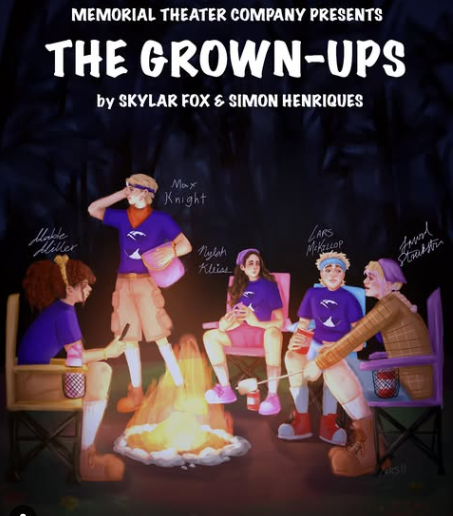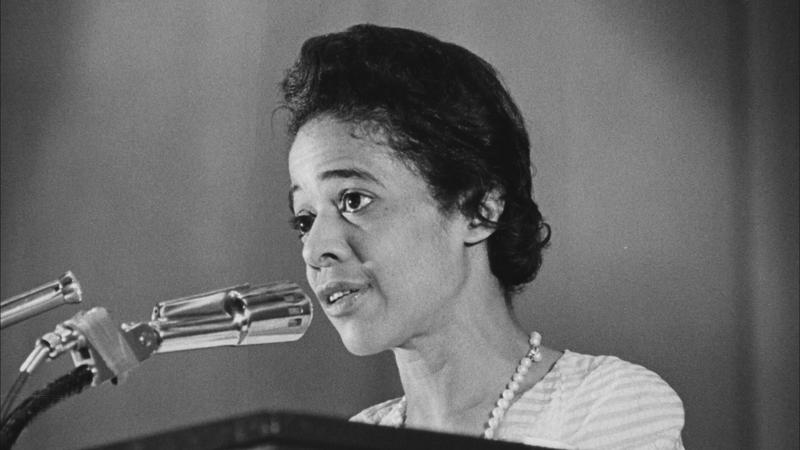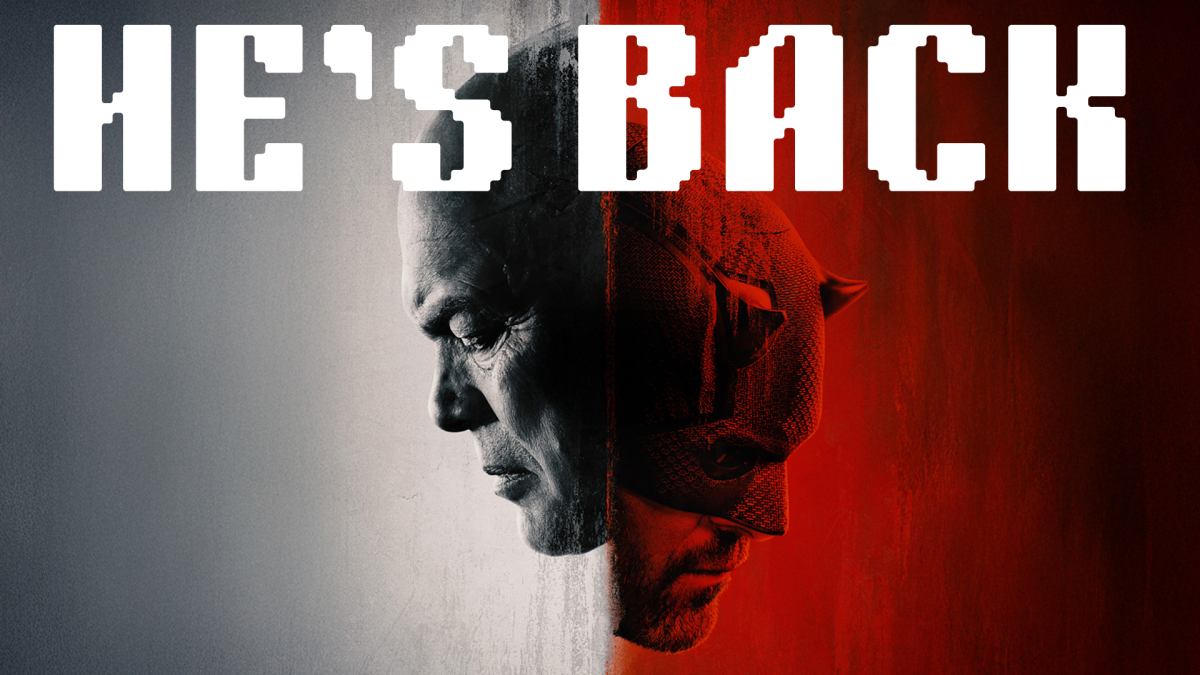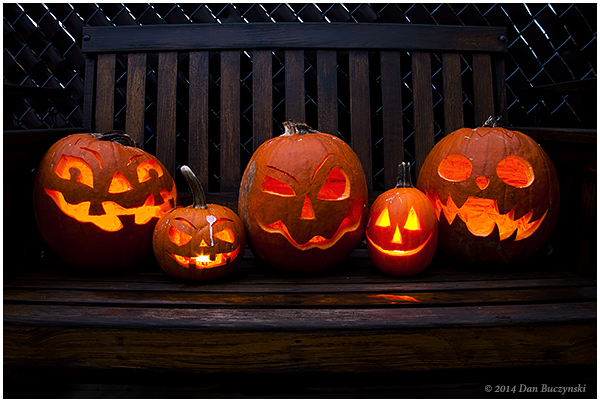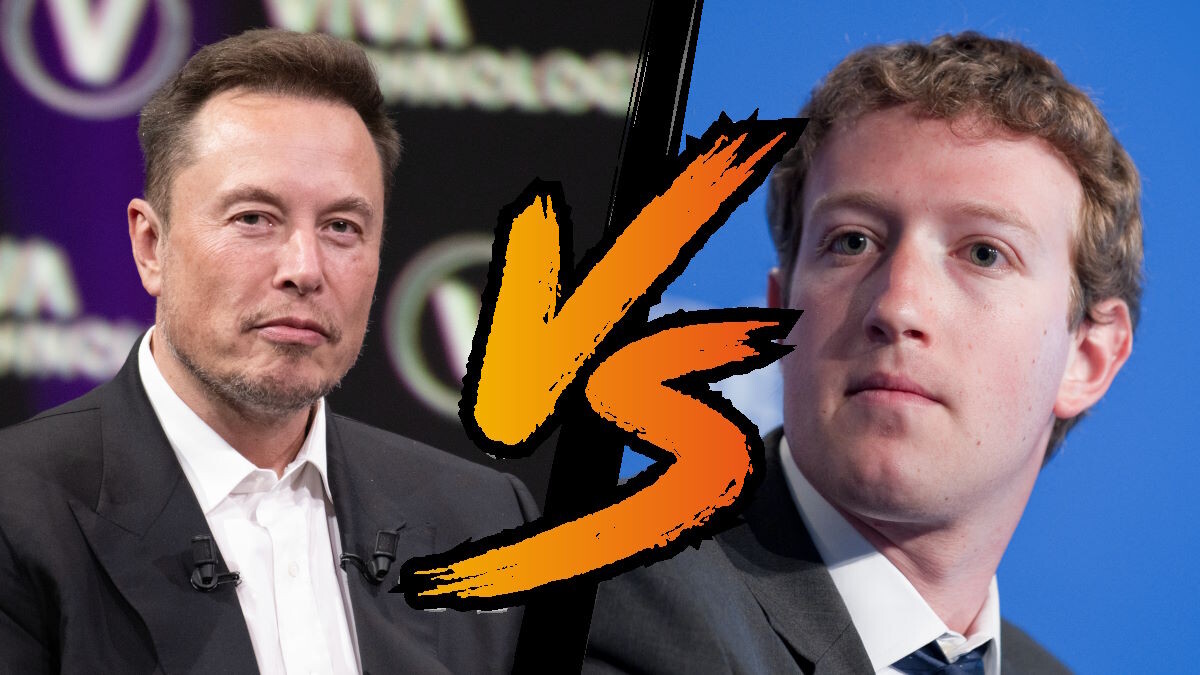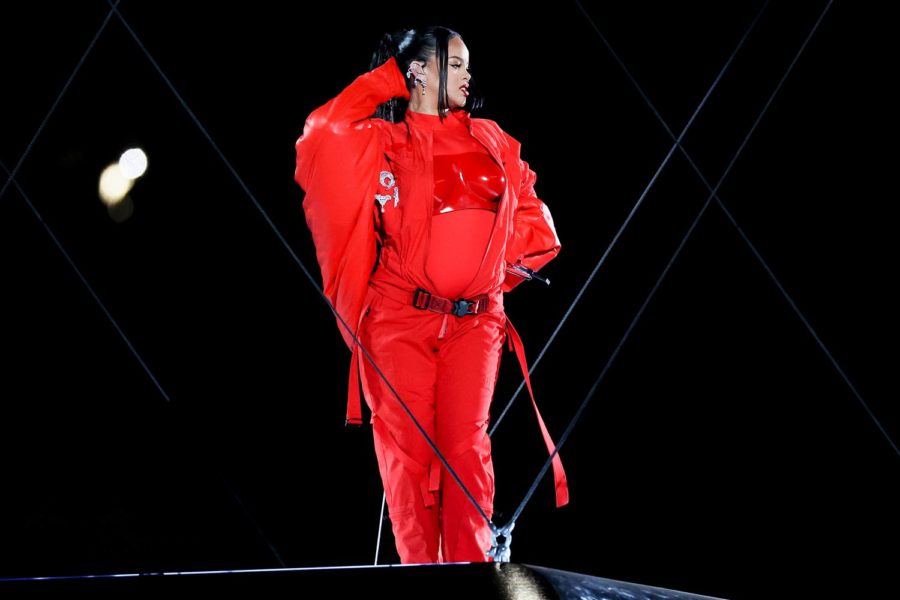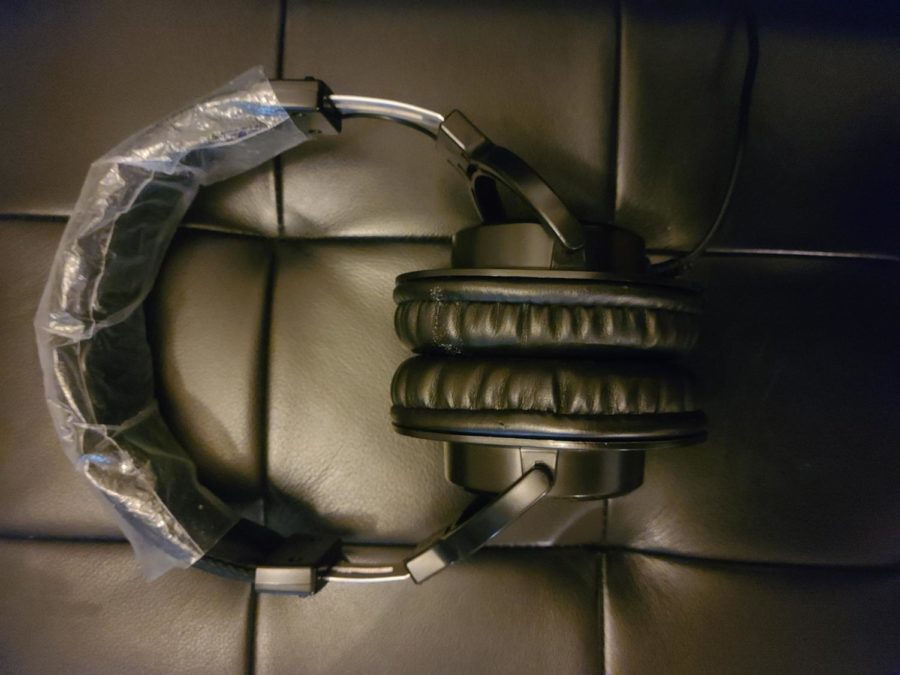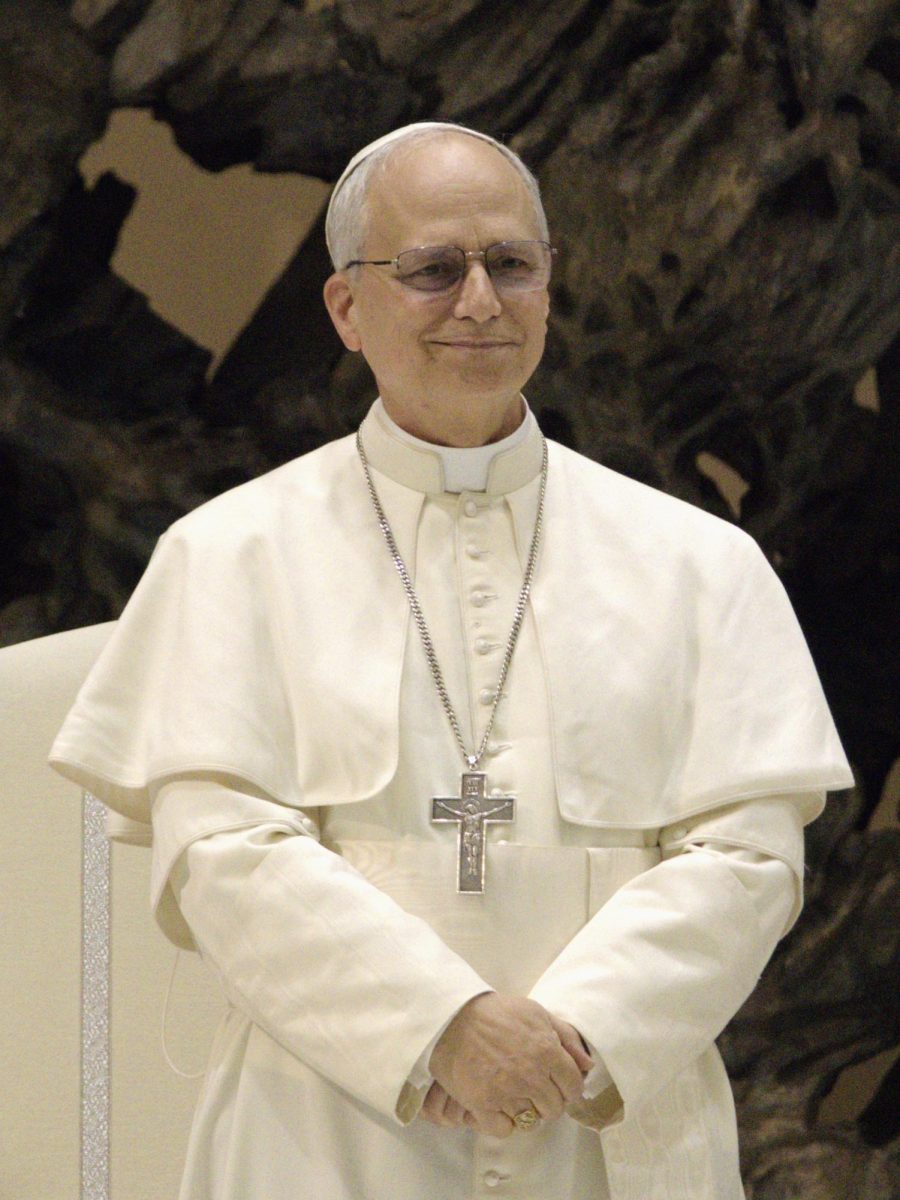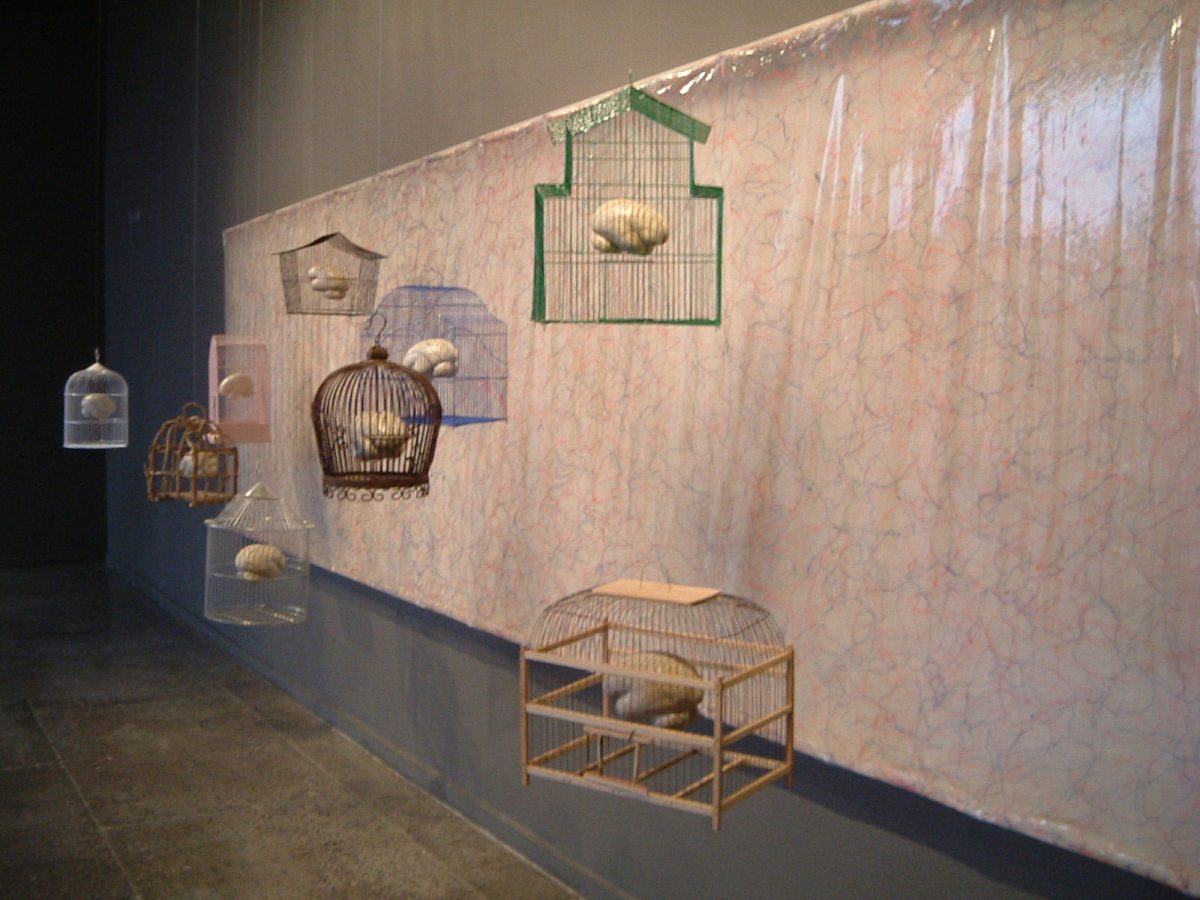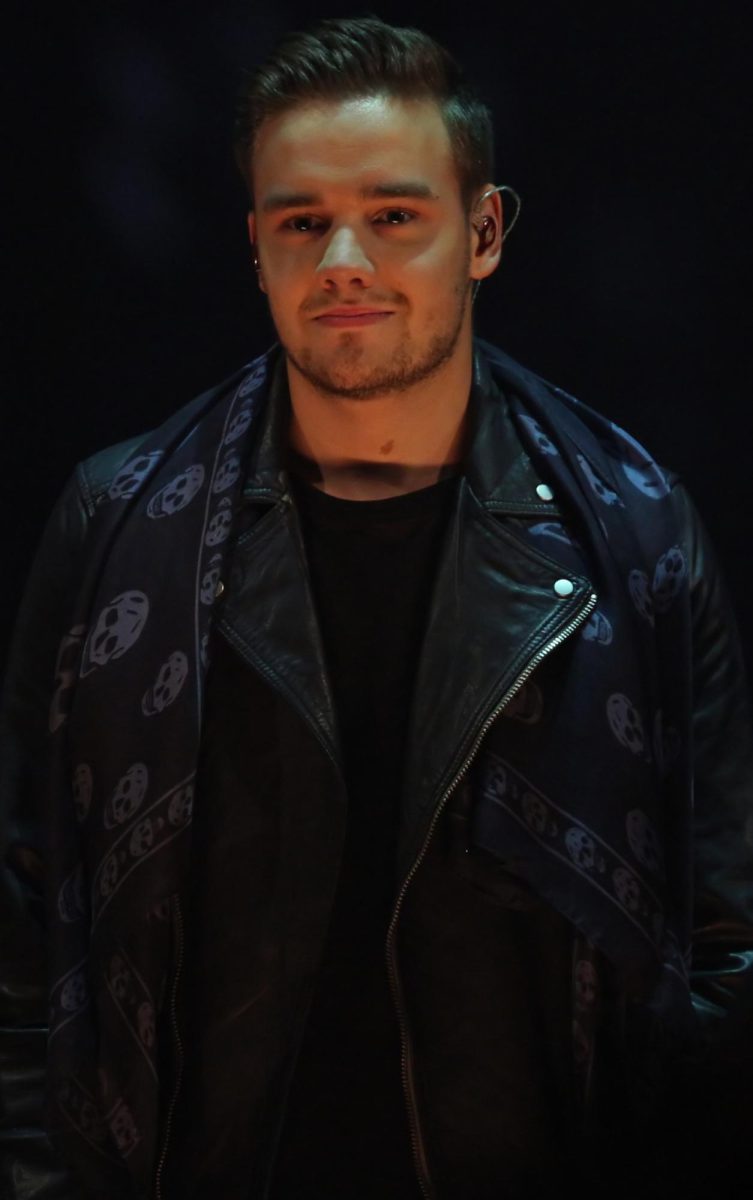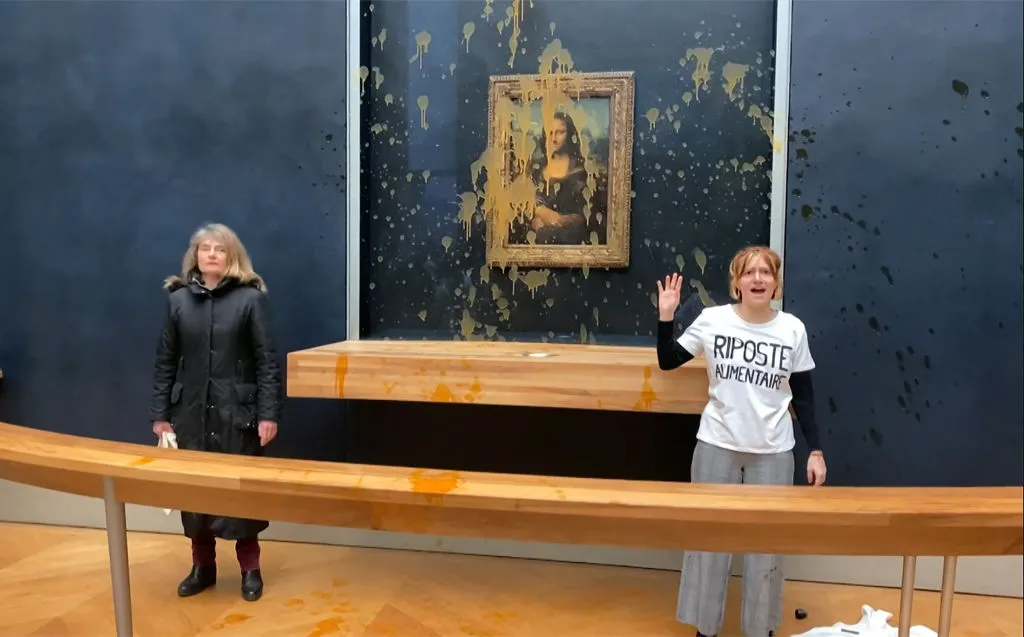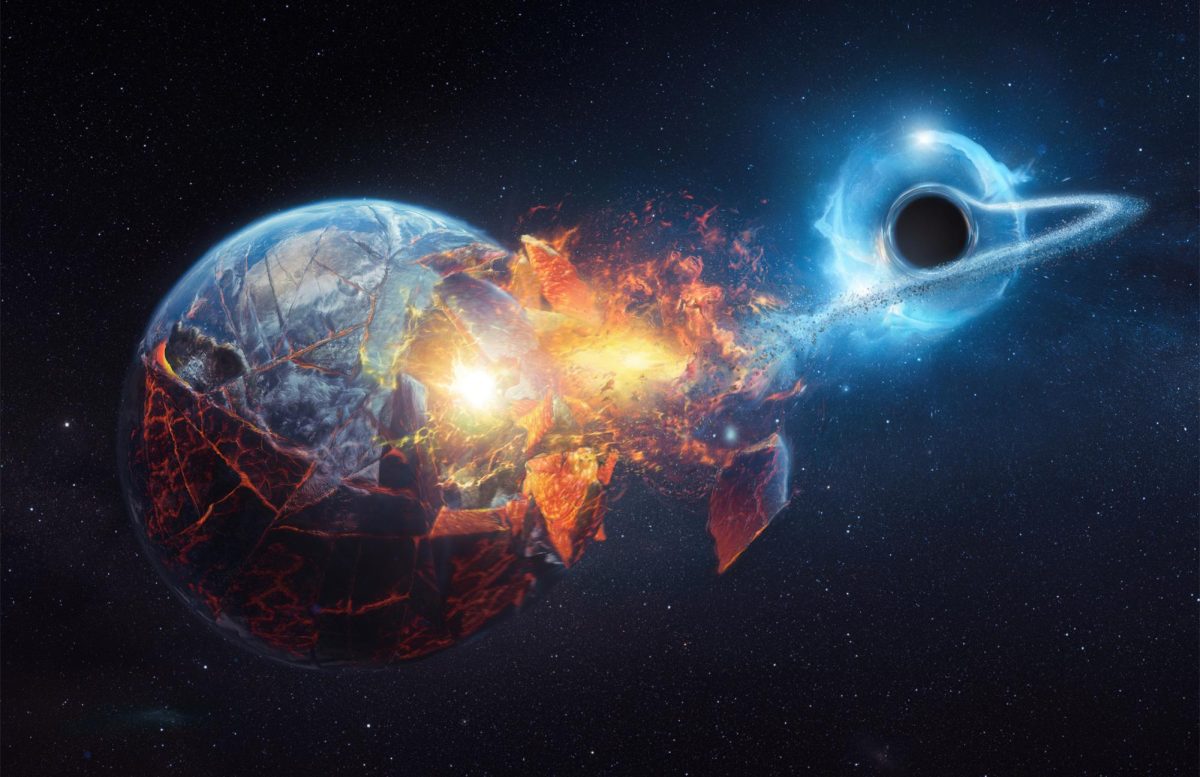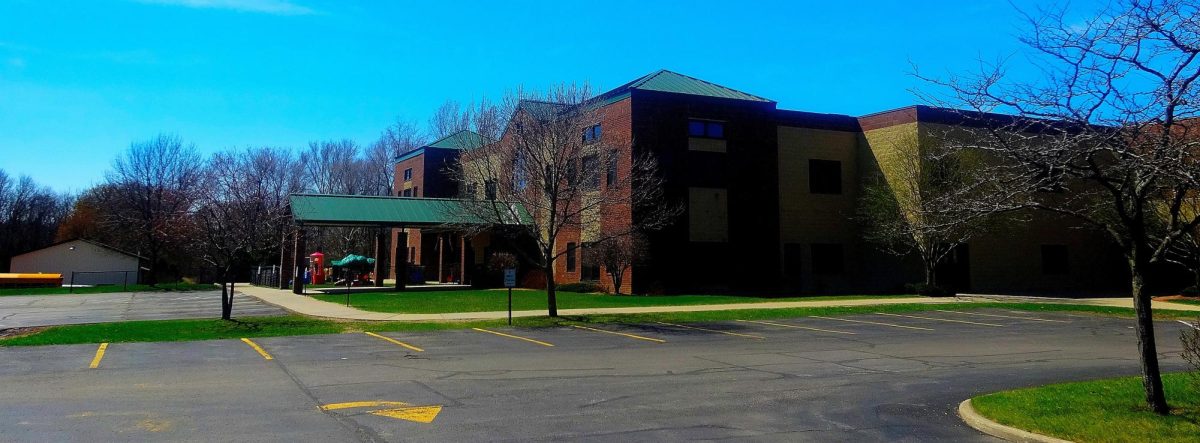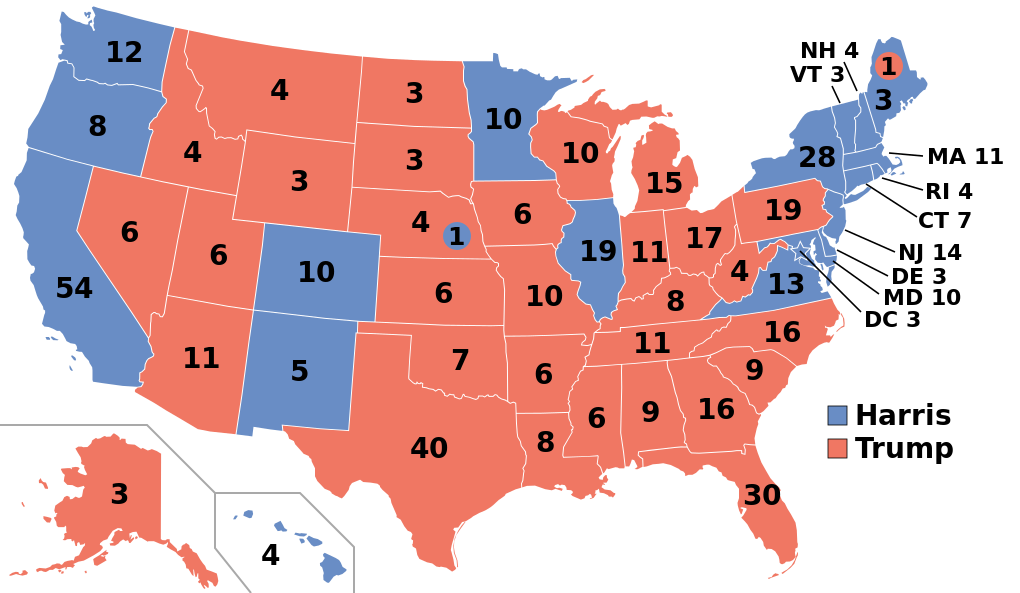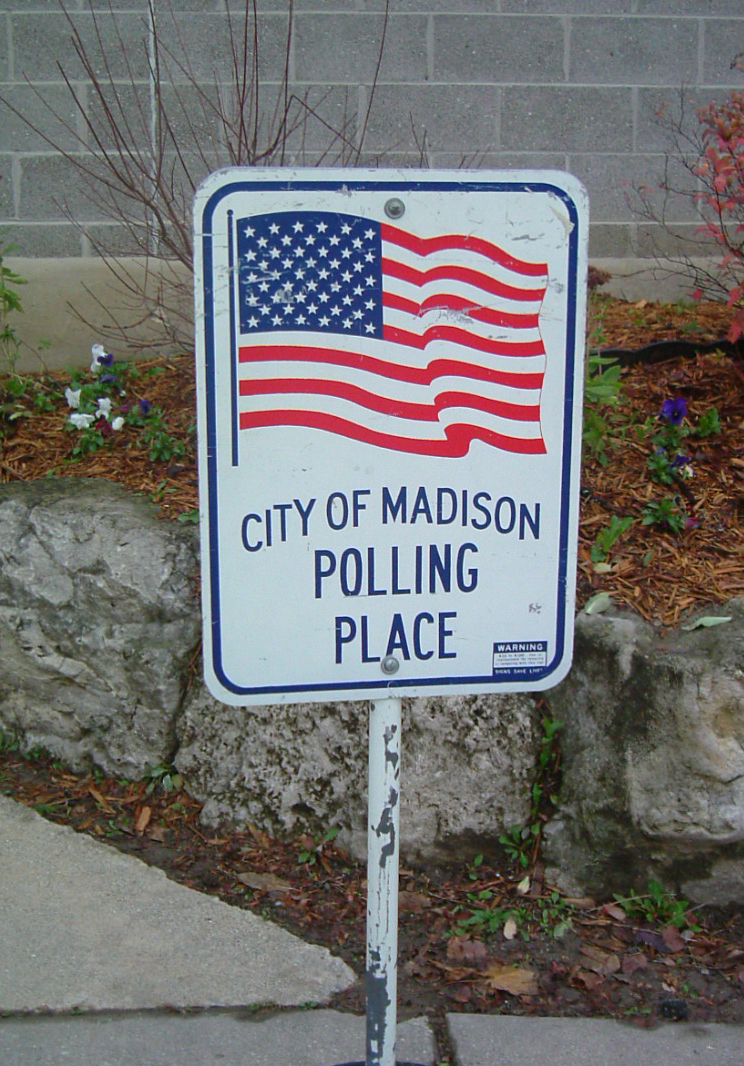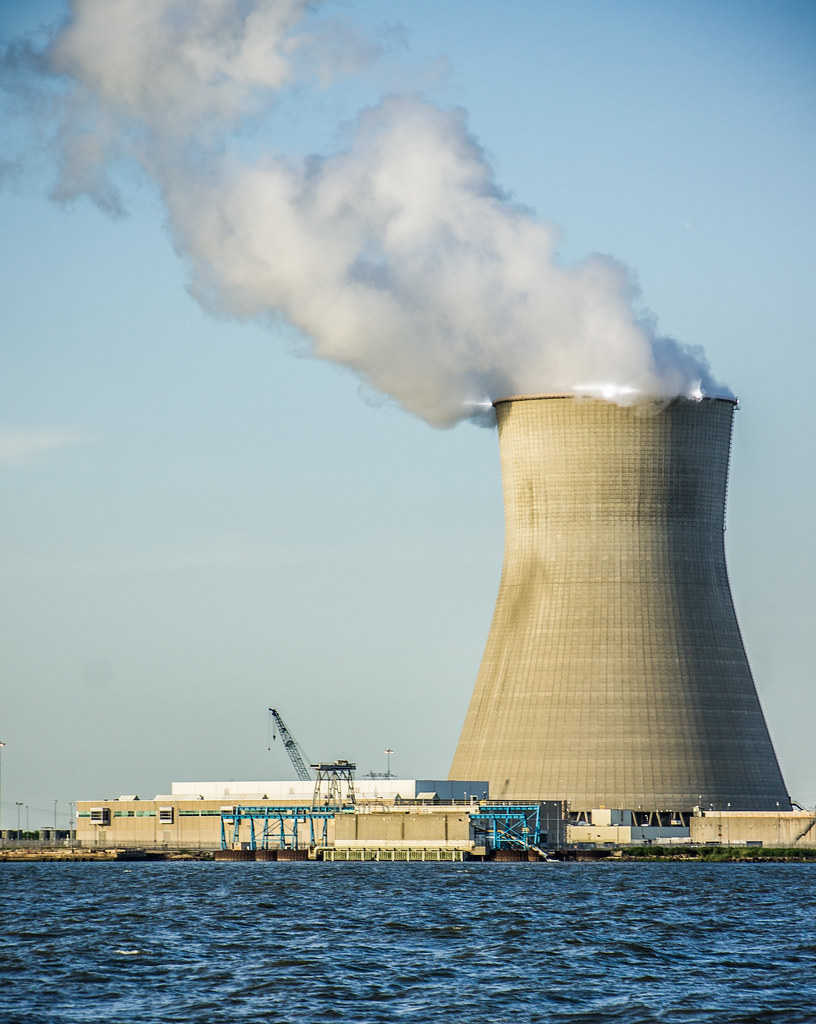A Review of Scream 6 (Minor Spoilers)
March 31, 2023
The Scream franchise, from its inception, has always been an outlier among its slasher film franchise contemporaries. With the first film coming out not long after the 6th Halloween entry and the 9th Friday the 13th, its acidic wit, murder mystery structure, and sharp genre awareness set it apart from the more gory, straightforward kill fests of its contemporaries. Scream films have always been acutely aware of the trope and trappings of their genre. This has led to a dedicated fan base of horror fans, myself included. More importantly, the films have allowed the franchise to adapt to a changing horror landscape for 27 years, something few other slasher franchises have done barring reboots.
That brings us back to where we are today; Scream 6 has just arrived in theaters, and Ghostface is more vicious than ever. That should mean more kills and even scarier setpieces, and for the most part, the film delivers. Moving away from the suburban Woodsboro setting to the gloomy streets of New York, the horror atmosphere is cranked up to 11. The dim alleyways, labyrinthine streets, and cramped apartments are used to their fullest potential, creating a large-scale setting that still manages to feel claustrophobic. Though the film could stand to let some of its visual ideas set in more, it’s still filled with numerous conceptually fantastic setpieces. A scene set on the New York Metro and a nerve-wracking bit involving a ladder are the standouts, but most other chase scenes here are still tense and well-directed. Furthermore, the kills here are even more brutal than ever before. The stakes feel lessened a bit by the characters’ seeming invincibility; stab wounds waffle between being deadly and being barely acknowledged by the main cast. However, enough tension is mined from the fantastic setpieces and murder mystery plot that it doesn’t tank the film. Furthermore, the cast is even larger than before, with even more misdirections and accusations, which keeps the audience guessing until the very end.
Everything is bigger, in fact, from the New York setting to the layers of subversions in the dazzling opening sequence. This is rationalized in the signature meta Establishing-The-Rules scene with the line: “We’re in a horror franchise now. Everything has to be bigger.” Though Scream has technically been a franchise for 26 years now, this bit of metacommentary hits harder in a landscape of oversaturated cinematic universes, where products are forcibly churned out annually and scope is increased to the point of meaninglessness. Constant self-awareness like this can be grating, and it is in spurts here, but directing duo Tyler Gillett and Matt Bettinelli-Olpin manage to reign it in in the way all the best Scream films do: through empathy. The film recognizes that as long as this franchise continues, these characters will continue to be stabbed, beaten, hunted, and killed. “When do I get to be a real person again?” Tara, played by Jenna Ortega, tearfully asks her sister after another near-death Ghostface encounter. The characters are aware they’re characters trapped in a horror franchise, which is played for tragedy just as often as comedy. Tara’s line speaks truth not only to her character’s experience, but to the current popular film landscape as a whole.
Despite a few other flaws that prevent the film from nearing the top of the Scream pantheon, like the on-the-nose dialogue and some pointless fan service, Scream 6 is a fun, scary time at the movies and a worthy entry into the franchise.

